Journalism is the gathering, writing, and editing of news and information for media outlets, such as newspapers and television. Journalism is one of the most important professions. It informs citizens about events in their community, their nation, and the world. The reports of journalists also help people form opinions about current affairs. Journalists inform the public through many means of communication. These means include newspapers, magazines, radio, television, and the internet. They are often referred to as the press or the news media.
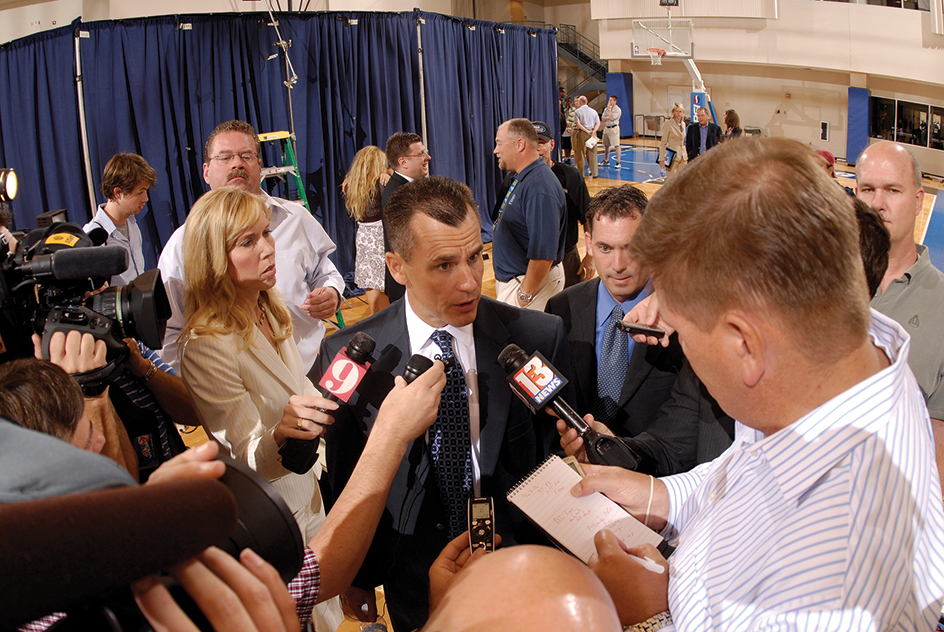
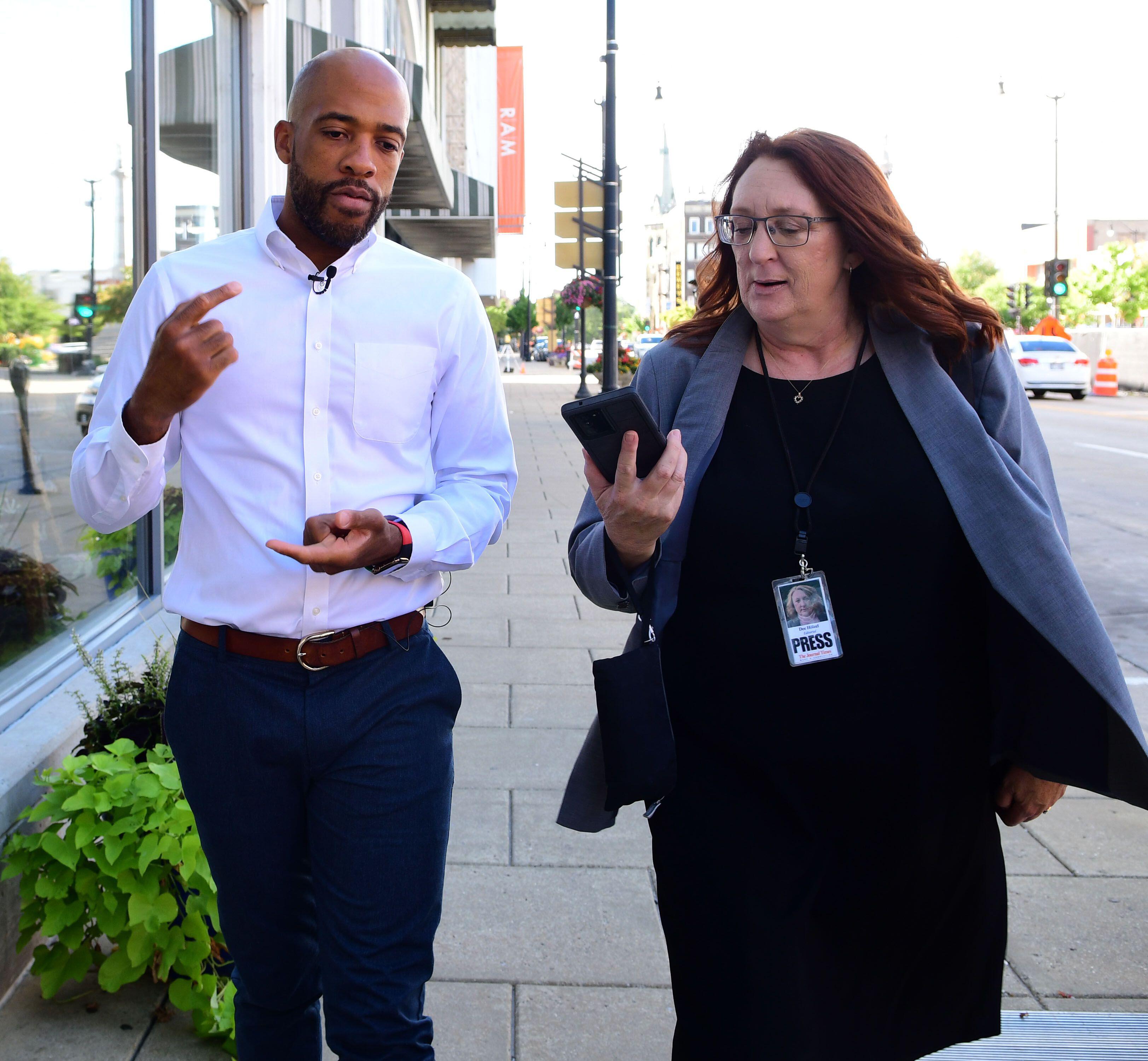
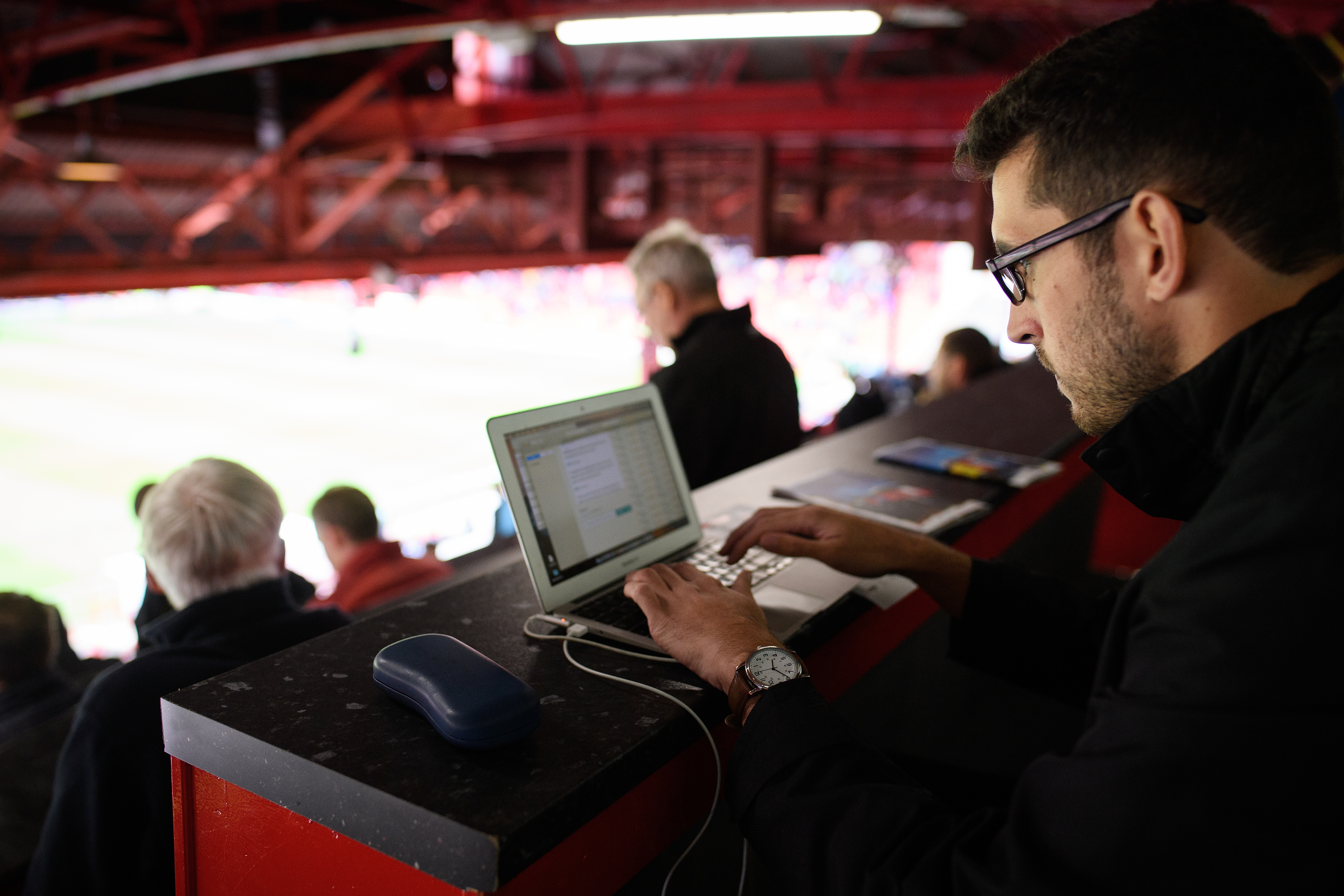
Every day, journalists throughout the world gather, write, and edit material for thousands of news stories. Local reporters cover school board meetings, fires, sports events, and other local stories. National journalists report on the country’s leaders. Foreign correspondents cover international news.
In democratic societies, people depend on the news media for the fair and truthful reporting of current events. Free nations grant the press freedom to report news and opinions without government interference. Freedom of the press encourages the exchange of ideas among citizens. This exchange is essential for a democracy to work. In government-controlled societies the news media present chiefly news that supports the policies of the government.
Fields of journalism
There are six chief fields of journalism: newspapers, news services, magazines, radio, television, and online journalism. Newspapers and broadcast television news are often referred to as mass media. That is because they are designed to appeal to the largest number of people. Magazines, radio stations, and internet sites are typically classified as niche media. Many of them appeal primarily to smaller audience segments. News services, such as Associated Press (AP) or Thomson Reuters, can provide content—that is, news stories and images—for both mass and niche media.
Newspapers
cover more stories than do most of the other news media. They also cover stories in greater detail than radio and television. However, newspapers cannot compete with radio, television, or internet sources to be first to report the news. Radio and TV stations can interrupt their programs at any time to broadcast a news bulletin. Sites on the internet can post stories as they unfold. A paper must be printed and distributed before it can bring a story to the public.

Traditionally, one of the great advantages of newspapers has been their ability to report stories in depth. Newspapers could provide such coverage for two chief reasons. (1) In most cases, newspapers had larger staffs of journalists than did radio and TV stations. (2) Newspapers simply had more content. The script of a half-hour radio or TV newscast would fill only part of the front page of a standard-sized newspaper. The internet has changed the advantage held by newspapers somewhat. An internet site can deliver news in great depth because it has no real space limitations. Nevertheless, few internet sites have news staffs as large as newspapers. Only online sites of print newspapers, such as The New York Times, can be said to have a large number of reporters.
Newspapers have other advantages. Like internet sites, newspapers enable readers to absorb the news at their own pace and on their own schedule. But unlike most internet sources, a newspaper is designed as a package containing news, other information, and entertainment. The goal of a newspaper is to appeal to the diverse interests of different readers. A paper as a whole has content of interest to many different kinds of people. It is easy for any single reader to skip items that he or she does not find interesting. For an extensive discussion of newspapers, see Newspaper.
News services.
Large newspapers, national news magazines, and national radio and television networks have reporters stationed in major cities at home and abroad. The rest of the press relies chiefly on news services for national and international news. News services have journalists who report news from around the world. Their stories, as well as photographs, are transmitted mainly by satellite to members of the press that pay for the service. News services were formerly known as wire services because they sent news reports over telegraph wires. News services supply most of both the national and international news reported by the press.
Other news services include news syndicates and feature syndicates. The major news syndicates are owned by newspapers that have a large staff of reporters at home and abroad. The syndicate distributes to its clients many of the same stories that appear in its own paper. Feature syndicates are operated by business organizations that sell such material as advice columns, comic strips, and opinion columns. News services and news syndicates also supply feature material.
The most important news service in the United States is the Associated Press. Major news services in other countries include Agence France-Presse in France, Xinhua in China, Kyodo in Japan, Thomson Reuters in Canada, and ITAR in Russia (called ITAR-TASS in its bureaus outside Russia). See News service.
Magazines,
like newspapers and the internet, allow people to absorb the news at their own pace. Readers are also able to select only the stories that interest them. In general, the literary quality of magazines, which are published weekly or at longer intervals, is better than that of newspapers. Magazines are also typically better than newspapers in graphic design, use of color, and the quality of printing and paper. Some weekly newsmagazines are popular because they summarize and analyze the biggest news stories of the preceding week. The magazines also include regular articles on developments in the arts, business, education, entertainment, science, and other fields.
Many magazines specialize in providing news or information related to a specific topic, such as fashion or sports. Opinion magazines publish thoughtful articles on politics and the arts. Trade and business magazines provide news of a particular profession, business, or industry, such as medicine, banking, or publishing. For more information on the kinds of magazines and how they are produced, see Magazine.
Radio
has declined as a general-interest news medium in the United States. Fewer people turn to the radio for news. In addition, local radio stations have fewer journalists than they once did. One exception is National Public Radio (NPR), which is a successful and influential national U.S. news source. In other parts of the world, particularly developing nations, radio serves as a primary source of news.
In communities with strong radio news operations, radio is generally the first of the news media to report a local story or a news service bulletin. A radio announcer can interrupt a program with a news flash as soon as the report comes in. Some stations present regular newscasts every half-hour or hour. A few stations broadcast the news continuously. However, most radio newscasts do not report the news in detail. In a five-minute broadcast, for example, the stories average less than 30 seconds each. Many people also rely on radio for weather forecasts and traffic reports. See Radio.
Television
is the chief source of news in many households around the world. TV brings the sights and sounds of important news events to the public using filmed, taped, or live reports. Like regular radio newscasts, daily TV news programs provide only brief accounts of relatively few stories. But the visual aspect of a TV news story can often help viewers understand the story. However, TV news may have difficulty explaining complex stories that do not lend themselves to visual presentation.
In addition to regular news coverage, television covers special news events. Coverage of such an event may replace many hours of regular TV shows. In November 1963, for example, the major U.S. networks canceled nearly four days of scheduled programs to cover live the story of President John F. Kennedy’s assassination and funeral. After the terrorist attacks in the United States on Sept. 11, 2001, U.S. networks again canceled days of regular programming to cover the events. Television has also presented live broadcasts of the first walk on the moon, various governmental hearings, and many other important events.
Cable TV, a rapidly growing part of the TV industry, offers a variety of news programs. Some cable channels run continuous news coverage. Others specialize in business, sports, government, or weather news. For further information on TV journalism, see Television .
Online journalism
can deliver large amounts of news and commentary. This content can be accessed anywhere in the world with an internet connection. News can be published online as quickly as the journalist can put the story together. Online news sites can include sounds, pictures, and video, in addition to text. On many websites and in online discussion groups, readers can interact with reporters, commentators, or other readers.
The internet is an open publishing medium, which has mixed consequences. Content creators, including journalists, can publish news and other information that appeals to smaller audiences than would be possible with a newspaper or TV broadcast. The internet has also provided a place for people to share opinions that might not have been published by more traditional media outlets. Thus, the internet allows new voices to more easily be heard. On the other hand, most internet sites do not have editors and fact-checkers as older media do. This means there is a greater chance that internet content can be one-sided or fictitious. Some independent internet sites are excellent sources of accurate, reliable news and information. Others are little more than circulators of rumor and gossip.
Unmonitored websites that report the news vary widely in quality. However, traditional news media—newspapers and TV news organizations—have added internet sites that apply the same standards and news judgment these media use in print or on the air.
The role of journalism
In a free society, a journalist is able to perform most of his or her duties without government interference. These duties include informing the public, investigating wrongdoing, influencing public opinion, and entertaining the public.
Informing the public
is the journalist’s chief duty. Reporters represent the public at events that most people cannot observe themselves. Journalists therefore have an obligation to be accurate and to tell all sides of a story. Working with their editors, reporters also have the responsibility of deciding which events have enough importance or news value to be reported. A free nation’s citizens especially need good information about current political events. This information helps them to decide which candidates to vote for or whether to support certain government policies. Only through reliable reporting can people make intelligent decisions about how they want to be governed.
Many people do not have the background knowledge or specialized information needed to understand complicated issues. For this reason, journalists often explain and analyze the news through interpretive reporting. In reporting on a speech by an international leader, for example, a journalist might analyze what effect the speech could have on foreign policy.
Investigating wrongdoing
is an important duty of journalism. Many news organizations feel a responsibility to safeguard the rights of citizens. These organizations do more than cover the news. They search out and expose dishonesty in government, mismanagement of public funds, and unfair or illegal business practices. One of the most dramatic examples of investigative reporting occurred in the United States in the early 1970’s, when the press played a major role in uncovering the Watergate scandal. This scandal led to the resignation of President Richard M. Nixon in 1974 (see Watergate ).
Influencing public opinion.
Through editorials, the management of a news organization expresses its views on current issues. Editorials are used to try to convince the public of the same views. Many editorials encourage actions that a news organization believes will benefit a community or the nation. For example, an editorial might urge citizens to approve a school bond proposal or to vote for a certain candidate for public office. News organizations might also use editorials to fight for various social reforms. Such editorial campaigning is sometimes called advocacy journalism because it advocates (pleads for) certain causes. Many newspapers and magazines publish editorial cartoons.
The media also try to influence public opinion through commentaries. Commentaries give the opinions of individual journalists rather than those of the management of a newspaper, a magazine, or a radio or TV station. Many news organizations regularly publish or broadcast commentaries that differ with management editorials. This practice helps provide a balanced approach to issues.
Major issues in journalism
Restrictions on freedom of the press.
Journalists in a free society argue that they have a right to gather news and to publish or broadcast any information they obtain. On the other hand, a country’s government may prefer that certain information be withheld in what it believes to be the public interest. Such information might include material that could endanger the security of the nation or jeopardize a defendant’s right to a fair trial.
Many conflicts between the press and the government must be settled in court. Court decisions have forbidden governments to censor (forbid publication of) material. The courts have noted that although such prior restraint could prevent abuses by the press in some cases, it could also be used to prevent the media from reporting misconduct in government. The courts have therefore reasoned that prior restraint is nearly always too extreme a remedy for abuses by the press.
The news media may be brought into court for publishing or broadcasting material that violates a court order. In addition, the press may be held responsible if it abuses the rights of private citizens. Journalists or news organizations may be sued for libel if they publish or broadcast false information that harms a person’s reputation. News organizations are occasionally sued for invading the privacy of private citizens. Journalists who refuse to name the sources they used for a story may, in the United States, be required to provide the identity of their sources to a court. If they refuse to reveal their sources, they may be found to be in contempt of court. Reporters found in contempt of court can be ordered to jail.
News organizations may withhold information voluntarily if the government states that reporting the material might harm the public interest. However, the press and the government often differ over what information should be withheld. This is especially true in the areas of national defense and international affairs. In most cases, the press argues that the right of the people to know about the actions of their government outweighs the benefits of maintaining secrecy. For this reason, the government often tries to keep what it considers “sensitive” information from the news media.
Criticism of the press.
Many people believe that the press often acts irresponsibly. For example, the press has been accused of political prejudice. The management of most news organizations is politically conservative, but many journalists tend to be liberal. Some people believe that the political views of management and journalists often influence what they decide to report and how they report it. But journalists believe that this mix of political views in news organizations helps keep news reports balanced and fair.
Critics have also accused the press of often creating a false impression of an event by emphasizing its sensational aspects. In addition, many people feel that the press sometimes produces its own “media events” by providing mass coverage of minor or insignificant stories. Critics also say that the press often invades the privacy of people struck by tragedy and is insensitive to their feelings.
During the late 1900’s and early 2000’s, many news organizations were purchased by corporations engaged in a variety of businesses. Such companies expect journalism to provide profits. Reporters may be told to avoid taking risks that might cost the company money or reduce its audience.
The size and characteristics of a news organization’s audience determine how much advertisers are willing to pay for advertising space or time. In many countries, journalism depends heavily on advertising for its income. As a result, some news organizations refrain from publishing or broadcasting stories that might offend advertisers. In addition, some advertisers attempt to shape the news and information presented by an organization to suit the advertiser’s needs and values. Such attempts occur most often in certain specialized magazines.
Competition among journalists often creates sensational news reports calculated to attract a large audience. Many critics charge that journalism increasingly emphasizes scandals, crimes, violence, and confrontations. Experts also worry that much of the news reported is inaccurate or one-sided. Cable television news channels that broadcast 24 hours a day require a constant flow of news and commentary. To meet this demand, they sometimes report facts that have not been verified. In efforts to keep up with the latest news, competing organizations often repeat the same unreliable information.
Some news outlets, especially online media, have circulated false stories and misinformation intended to influence and mislead the public or to generate advertising revenue. The term “fake news” has been used to describe such reports. Additionally, some political leaders have used the term “fake news” to discredit reporting that is disagreeable or unfavorable toward them, even if such reporting is accurate.
Journalism in free societies
In general, newspapers and magazines in free societies are privately owned. But in nearly every democracy except the United States, the government owns at least one radio and television network. In most cases, these networks have as much independence in presenting the news as do the private media. Privately owned radio and TV networks also operate in many free nations.
Some democracies, including Japan and Switzerland, do not allow prior censorship of news by the government. Many democracies, however, have established legal or informal limits on what the news media may publish or broadcast. For example, the Israeli government keeps tight controls over military news and other information that might endanger national security.
Journalism in government-controlled societies
In government-controlled societies, such as Cuba, Iran, and North Korea, the news media have only as much freedom as the national leaders allow. The press exists to support the government. The press may publish or broadcast only what the government wants the people to know. The media in these societies may be privately owned or state owned.
The governments of many countries in Africa and Asia have strict controls on the press. Journalists who criticize the government may be fined or imprisoned. Their news organizations may be closed. Censorship boards make sure that the news media follow government guidelines and support official policy. The boards may also require the press to publicize official notices issued by the government.
Government-controlled societies also restrict reporting by journalists from other countries. Foreign correspondents may be forbidden to interview certain government officials or to visit particular parts of the nation. The government may also censor their reports, and it may even expel journalists from the country.
History
The first newspapers
were probably handwritten newssheets that governments posted in public places. The earliest known newssheet was the Acta Diurna (Daily Events). It began in Rome in 59 B.C. The Acta Diurna reported the proceedings of the Roman Senate and such news as births and deaths. The first printed newspaper was a Chinese circular called Dibao (also spelled Ti-pao). It was printed around A.D. 700. The first regularly published printed newspaper in Europe was Avisa Relation oder Zeitung of Strasbourg, Germany. It started in 1609. A newssheet founded in 1621, the Corante, was the first paper regularly printed in England.
Early newspaper publishers had to obtain a government license for anything they wanted to print. In 1644, the English writer John Milton criticized such licensing in his pamphlet Areopagitica. This work was one of the earliest arguments for freedom of the press. England lifted its licensing system in 1695. Several other countries ended theirs in the 1700’s. But certain restrictions on the press remained. For example, many nations tried to limit the number of people who could afford to publish newspapers by taxing them heavily for each page they printed. As a result, publishers made their pages as large as possible to print more material for the same tax. By the 1800’s, however, these taxes had been ended, and the press in many countries had considerable freedom.
Early American journalism.
Before the 1700’s, the American colonists relied on pamphlets, handwritten newsletters, English newspapers, and town criers for the news. In 1690, Benjamin Harris of Boston founded Publick Occurrences Both Forreign and Domestick, the first newspaper published in America. But the colonial government stopped it after one issue. In 1704, John Campbell established the Boston News-Letter, the first regularly published paper in the colonies.
John Peter Zenger founded the New-York Weekly Journal in 1733. He soon won a victory for a free press. In the paper, he criticized the royal governor of New York. The governor’s council had Zenger arrested. In 1735, he was tried for libel. The jury found Zenger not guilty after his attorney argued that Zenger had printed the truth and that truth is not libelous.
By 1765, the American Colonies had more than 20 newspapers. That year, the British Parliament passed the Stamp Act. The act required that special tax stamps be placed on all newspapers, legal documents, and various other written material. The colonists protested. Newspapers supported the colonists and continued to publish without buying the stamps. In 1766, Parliament repealed the law. But by then the newspapers were a powerful force against British rule. The press helped propel the colonies toward the American Revolution (1775-1783).
The growth of U.S. newspapers
was rapid during the 1800’s. By 1830, the country had about 1,000 papers. But most of these papers concentrated on business or political news. They also sold for about 6 cents a copy, which was far more than working-class people could afford. In 1833, Benjamin H. Day founded the New York Sun, the first successful penny newspaper. The Sun attracted a large audience because of its low cost and its lively reports of fires, crimes, marriages, and other human-interest news.
Other penny papers soon appeared. The New York Herald was established by James Gordon Bennett in 1835. It featured business stories, political essays, and local news. Horace Greeley started the New York Tribune in 1841. In addition to reporting the news, the Tribune published book reviews and poetry. It also ran editorials opposing slavery and supporting women’s rights. Other penny papers included the Philadelphia Public Ledger, the Baltimore Sun, and the Boston Daily Times.
In 1848, six New York City newspapers—including the Sun, the Herald, and the Tribune formed the Associated Press. This was the first major news service in the United States. The newspapers shared the cost of receiving news from telegraph agents throughout the nation. They then sold the reports to other papers. In the 1850’s, papers from such cities as Boston, Chicago, Philadelphia, and St. Louis sent their own correspondents to report the news from Washington, D.C. During the American Civil War (1861-1865), Northern newspapers sent more than 100 reporters to cover the battles in the South.
The age of sensationalism
lasted from the late 1800’s to the early 1900’s. During this period, American newspapers increasingly emphasized stories that dealt with crimes, disasters, and scandals. At the same time, however, the papers started reform campaigns by hunting out and exposing corruption in business and government. Magazines also began printing articles by reform writers, including Samuel Hopkins Adams, Lincoln Steffens, and Ida M. Tarbell. These writers, called muckrakers, published articles in such magazines as Collier’s, Everybody’s, and McClure’s.
The leading newspapers of the period included the New York Journal, published by William Randolph Hearst, and The World, published by Joseph Pulitzer. These two papers became strong rivals in the battle for readers. They led the press in sensationalism. The competition for readers sometimes resulted in inaccurate, exaggerated reporting that came to be known as yellow journalism. The term is still used for this kind of reporting.
Another important publisher of the time, Edward Wyllis Scripps, established the first American newspaper chain. He founded or bought more than 30 papers from 1893 to 1926. Hearst also built a chain and owned 25 newspapers by 1937.
In 1923, Henry R. Luce and an associate, Briton Hadden, established Time, the first newsweekly. Time became a leader in the trend toward interpretive reporting. Luce later founded a chain of specialized periodicals that included Fortune, a business publication; Life, a pictorial magazine; and Sports Illustrated. The success of Luce’s magazines attracted a number of imitators. In 1933, for example, Newsweek began publication to compete with Time.
Radio journalism
began in the United States in 1920. In that year, station KDKA in Pittsburgh broadcast the presidential election returns. During the 1920’s, coverage of political and sports events became the most important type of public affairs broadcasting. Many regular news programs consisted merely of an announcer who read stories from newspapers or wire services.
In the 1930’s, the radio networks hired many reporters from newspapers to gather and broadcast the news. By the start of World War II (1939-1945), the networks had an experienced staff of journalists. Leading newscasters included Gabriel Heatter, H. V. Kaltenborn, Edward R. Murrow, and Lowell Thomas. Murrow won fame for his on-the-scene broadcasts describing German bombing attacks on London.
Television journalism
developed quickly after World War II. Many radio newscasters moved into TV news. The first television interview program, “Meet the Press,” began in 1947. Nightly newscasts started in 1948. In the 1950’s, TV began to increase its coverage of public affairs. For example, from 1951 to 1958, Murrow narrated a TV series called “See It Now.” The programs in the series consisted of on-the-scene reports on leading issues of the day. In 1954, television reporters covered the Army-McCarthy hearings, in which Senator Joseph R. McCarthy of Wisconsin accused the U.S. Army of “coddling Communists.”
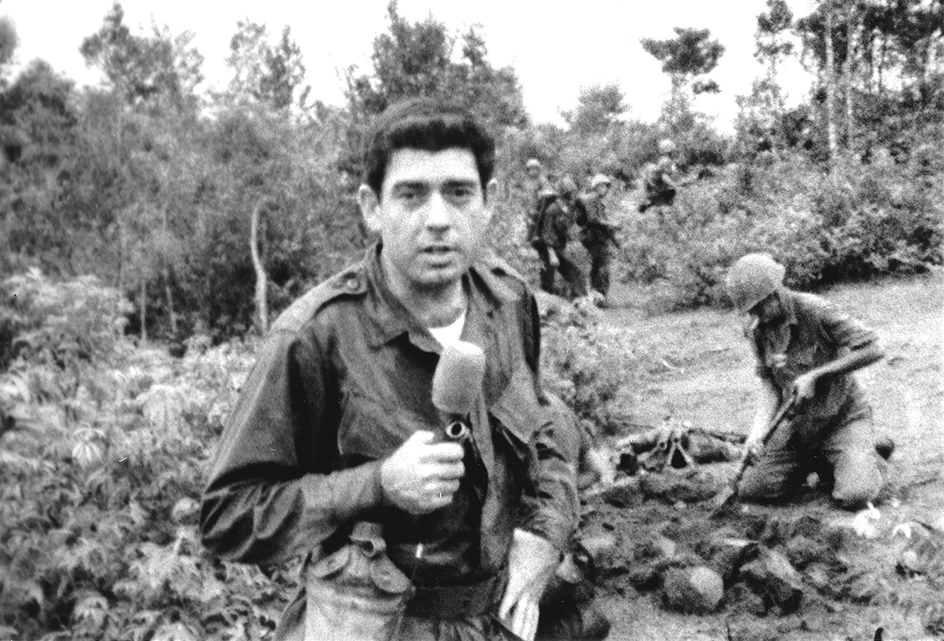
Television played a major role in the 1960 presidential campaign between John F. Kennedy and Richard M. Nixon. A nationwide audience watched as the men faced each other in the first televised debates between presidential candidates. In 1965, Early Bird, the first commercial communications satellite, was launched. The satellite made possible live broadcasts of news events between North America and Europe. Also in the mid-1960’s, news programs began using color film.
Improvements in broadcast technology continued during the 1970’s. Cameras shrank in size and weight and became more portable. Instead of film, the television industry began to use videotape to capture images and sounds. The major advantage of videotape is that it can be played as soon as it is recorded. It does not require processing and developing as does film. With smaller, lighter cameras and the use of videotape, TV journalists could cover news faster and less expensively. Another key development was the expansion of satellite transmission technology. This enabled TV and radio journalists to broadcast live from the scene of a news event anywhere in the world. Live broadcasts became far more frequent and common after this development.
Journalism today.
Developments in technology and audience behavior are causing enormous changes for media companies, news organizations, and journalists. The most significant trend is shrinking audiences for the mass media (newspapers and broadcast television). That trend has been coupled with growing interest in niche media products (such as cable TV channels and internet sites). Advertisers also have been shifting their spending from mass media to niche media. This has reduced the economic strength of newspapers and broadcast TV networks and stations. Consequently, the number of journalists’ jobs at mass media outlets has declined. The decline could potentially reduce the flow of information needed by their communities. One strategy some mass media organizations have followed is releasing their content through new outlets. For example, most newspapers now publish both in a print and online format. To win viewers who do not watch the evening news on broadcast television, ABC News transmits its content on a 24-hour network. This content can be viewed on cable television, a computer with broadband internet access, or a cellular telephone.
The changes that have caused such disruption in journalism have also created new opportunities for journalists in niche media. In addition, these changes have enabled ordinary people to use the internet to share important information that might not have been reported by professional journalists. For example, in 2009, the disputed reelection of Iran’s president, Mahmoud Ahmadinejad, caused protests in that country. Within Iran, censors blocked newspaper stories covering those protests. Further, many Western reporters in Iran had been detained by the Iranian government and could not report on developments to the outside world. But on the social networking website Twitter (now called X), people were able to send brief messages covering the protests in real time. Videos of the protest were posted to the video-sharing website YouTube. Citizen journalists helped report the story in Iran.
Careers in journalism
Most jobs in the news media require a college degree. However, journalists disagree about the best course of study to follow. Some believe that students should get a bachelor’s degree in journalism. Others recommend a four-year liberal arts program, perhaps followed with a master’s degree in journalism. Either way, journalists find there is no substitute for practical experience—at a college newspaper, at a news operation in college radio or television, or via internships at professional news organizations.

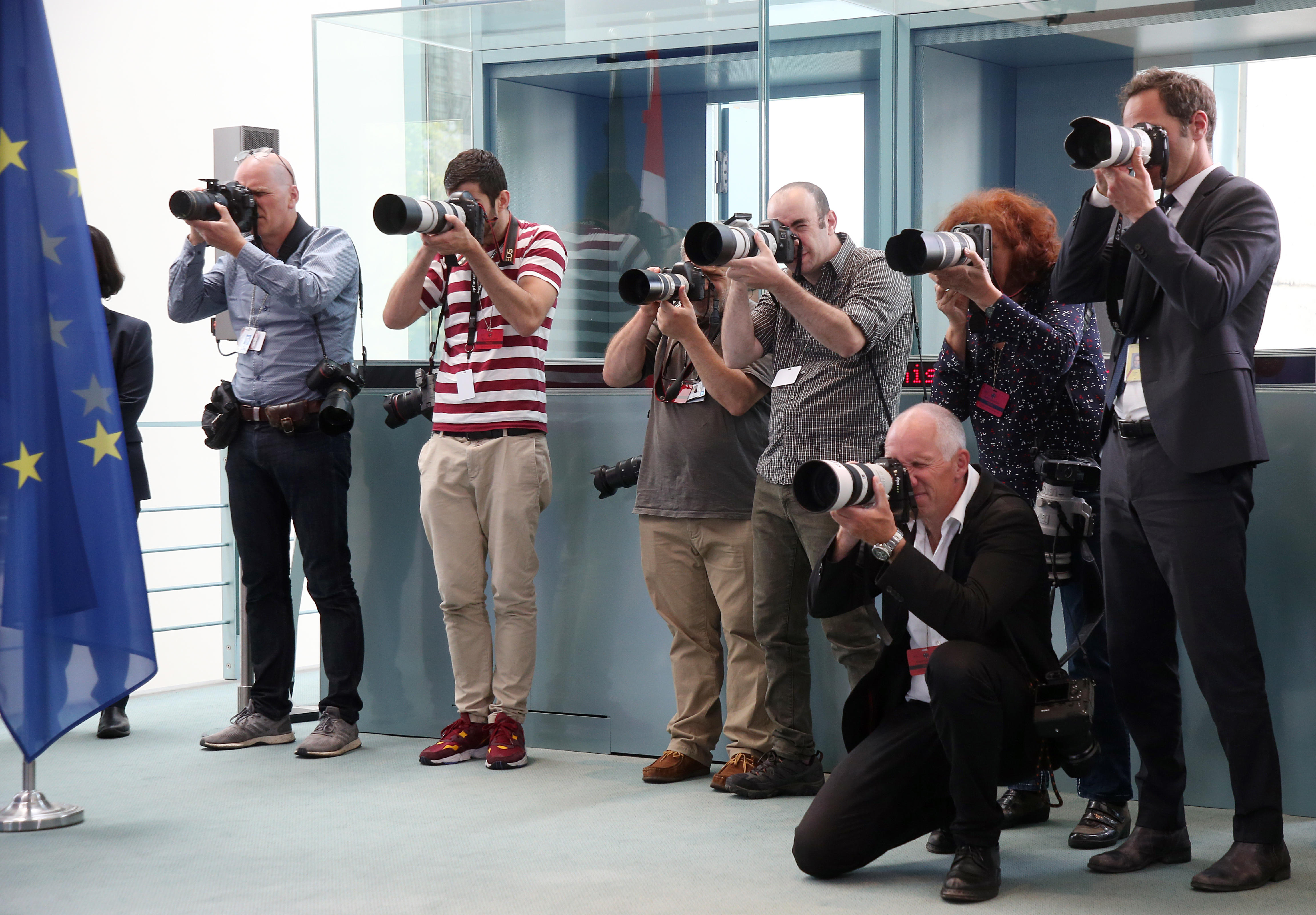
Most journalists begin working at news organizations in small towns or in rural or suburban areas. Many of these journalists have a lifetime career with such organizations. Others go on to jobs with big-city newspapers, the news services, newsmagazines, large radio or television stations, or internet sites. Journalists in the print media include columnists, copy editors, editorial cartoonists, editorial writers, feature writers, news editors, photojournalists, and reporters. The broadcast media hire journalists for such positions as assignment editors, commentators, correspondents, news directors, newscasters, newswriters, and producers. Internet news operations have many of the same kinds of positions as newspapers and TV newsrooms do, but they also employ website designers, technology developers, and multimedia producers. In general, the broadcast media offer lower salaries for starting positions than do the print and internet media. Journalism training also provides a background for careers in advertising, book publishing, and public relations.
